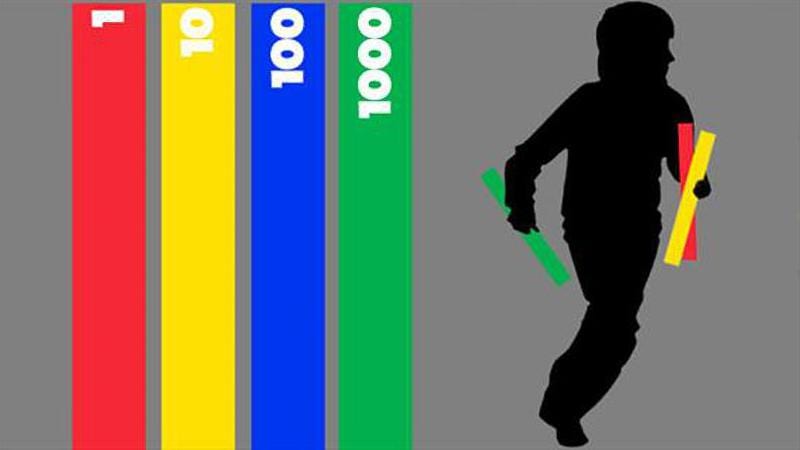Materials: You will require 3 sets of small number cards with the digits from 0 – 9 and 20 cards with 2 digit or 3 digit numbers (Choose 2 digit numbers or 3 digit numbers according to the ability of the players.)
Object of the Game: Each player attempts to create an equation that equals the chosen 2 or 3 digit number. Players can only use the digits on the selected small number cards.
Getting Ready: Place the small number cards face down on a table or in a bag or bowl for children to select them from. The large number cards are also placed face down or in a separate bag or bowl.
To Play: One person chooses 6 of the small number cards if creating equations to equal 2 digit numbers or 7 of the small number cards if creating equations to equal 3 digit numbers and displays them for the others to see. Next, one of the large number cards is chosen and displayed.
Players are now given a set amount of time – between 2 minutes and 5 minutes – to create an equation that equals the number on the large number card. Players can only use the digits on the small number cards and can only use each of these digits once unless 2 or more of the same digit have been chosen.
From: Games 4 Learning.com



